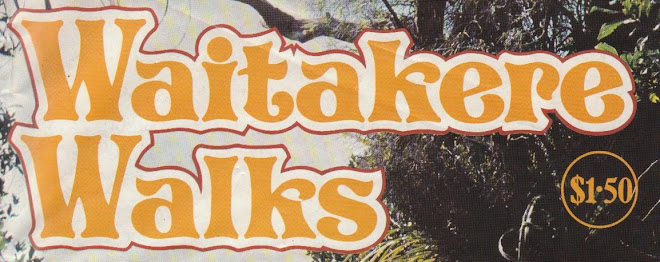



As I recently re-read Bouton's "Ball Four," it turns out he got a call at 3AM from Elliot Gould telling him that he "was going to be in a movie with him called The Long Goodbye, directed by Robert Altman and [he] should catch the next plane to California." Bouton's "audition" consisted of shaking hands with Altman at the airport. Obviously Gould and Altman were big baseball fans, and figured that Bouton had taken enough heat over the book to give him some paid work - check out Jim on What's My Line about 15 weeks after Ball Four was published below.

The Long Goodbye has aged well, and may be Gould's finest work. Though consciously self-referential to the history of noir both on film and in fiction, it was of its time to such an extent that if I want to project myself and feel what Los Angeles of 1973 felt like, I watch it (Cassavetes' A Woman Under the Influence filmed around the same time works somewhat though not as successfully for me). Name me another film that has the old Ships in Westwood as part of a chase scene of sorts.

Throw in Neil Young's On the Beach and "Rubber Legs"-era Stooges, No Other, Heart Food and the Imperial Dogs' Unchained Maladies and you just may have 1973-74 Los Angeles covered for me. Even Neil gets in a baseball reference in "For the Turnstiles" to tie it all up in my head:
All the bushleague batters
Are left to die
on the diamond.
In the stands
the home crowd scatters
For the turnstiles,
For the turnstiles,
For the turnstiles.







